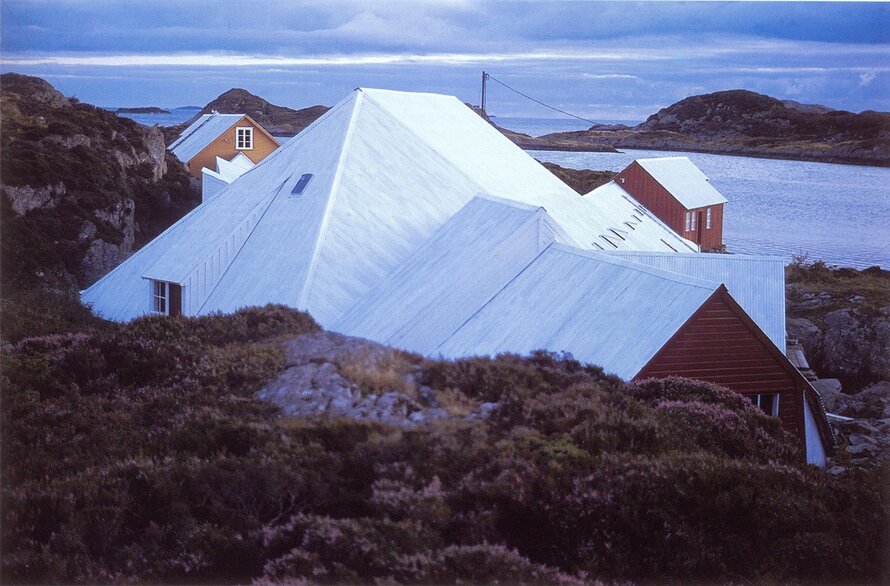The lobster park at Espevær
Since the middle of the 17th century lobster fisheries had been a small but stable business on the southwest coast of Norway. Originally lobsters were penned in large wooden chests in the sea, followed by the creation of lobsterparks, contrived by sealing off sounds and coves. As ...
Read more
Project details
| Title: | The lobster park at Espevær |
|---|---|
| Entr. year: | 1994 |
| Result: | Diploma |
| Country: | Norway |
| Town: | Sunnhordland, Espevær |
| Category type: | architectural heritage |
| Building type/ Project type: | industrial heritage |
| Former use: | Lobster park |
| Actual use: | Lobster park, living monument, natural tourist attraction |
| Built: | 19th century |
| Architect / Proj.leader: | Helge Schjelderup - Frode Skjelbred - Solbjorg Sandve, Architects (Stavanger/Bergen - NO) |
| The Jury's citation: | "For the careful restoration of a lobsterpark, created in 1887, a remarkable and significant industrial archaeological site" |
| Web, Links: | en.visitsunnhordland.no/things-to-do/lobster-park-espevaer-souvenir-shop-p1826153 |
Description:
Since the middle of the 17th century lobster fisheries had been a small but stable business on the southwest coast of Norway. Originally lobsters were penned in large wooden chests in the sea, followed by the creation of lobsterparks, contrived by sealing off sounds and coves. As lobsters are extremely sensitive to fluctuations in temperature these parks were soon roofed over to maintain a constant temperature of about 15 C°. The lobsterpark in Espevaer, a small island community halfway between the cities of Stavanger and Bergen on the very edge of the open ocean, was laid out as early as 1887 by the well-known cannery Chr. Bjelland & Co of Stavanger to accommodate 15,000 lobsters. It was subsequently extended to accommodate 24,000 lobsters, covering 950 m2, and was in use until the mid I950's. This particular lobsterpark is remarkable for its organic shape: it was built as a large, continuous roof over two narrow sounds where the water depth is between one and two metres. It followed closely the rugged terrain and in two places faced the sea in the form of traditional boathouses or warehouses. The roof, consisting of fir board cladding supported by an ingenious timber structure, covered a spacious vault. The atmosphere of its silent, dark interior, where light only penetrates in narrow rays through cracks in the wall or small apertures in the roof, reflected by the water, can only be experienced from a rowing boat. Together with the Society for the Preservation of Norwegian Ancient Monuments, local authorities and the Espevaer people have taken the initiative to preserve this unusual building for the future. During 1993 and 1994 a huge restoration project has been carried out, and in the national plan for coastal culture by the Directorate for Cultural Heritage the lobsterpark won a place among Norway's most important listed buildings.
Similar projects
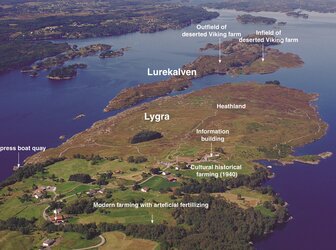
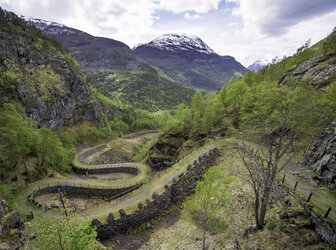
18th century
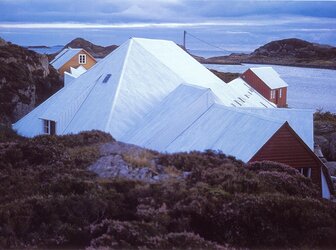
19th century
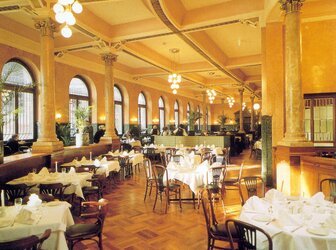
19th-20th century
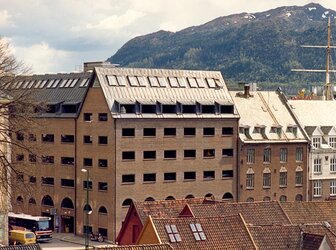
Middle-Ages
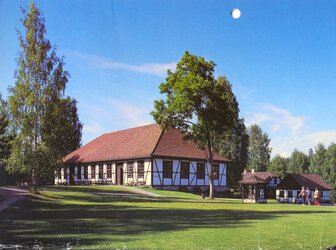
18th century
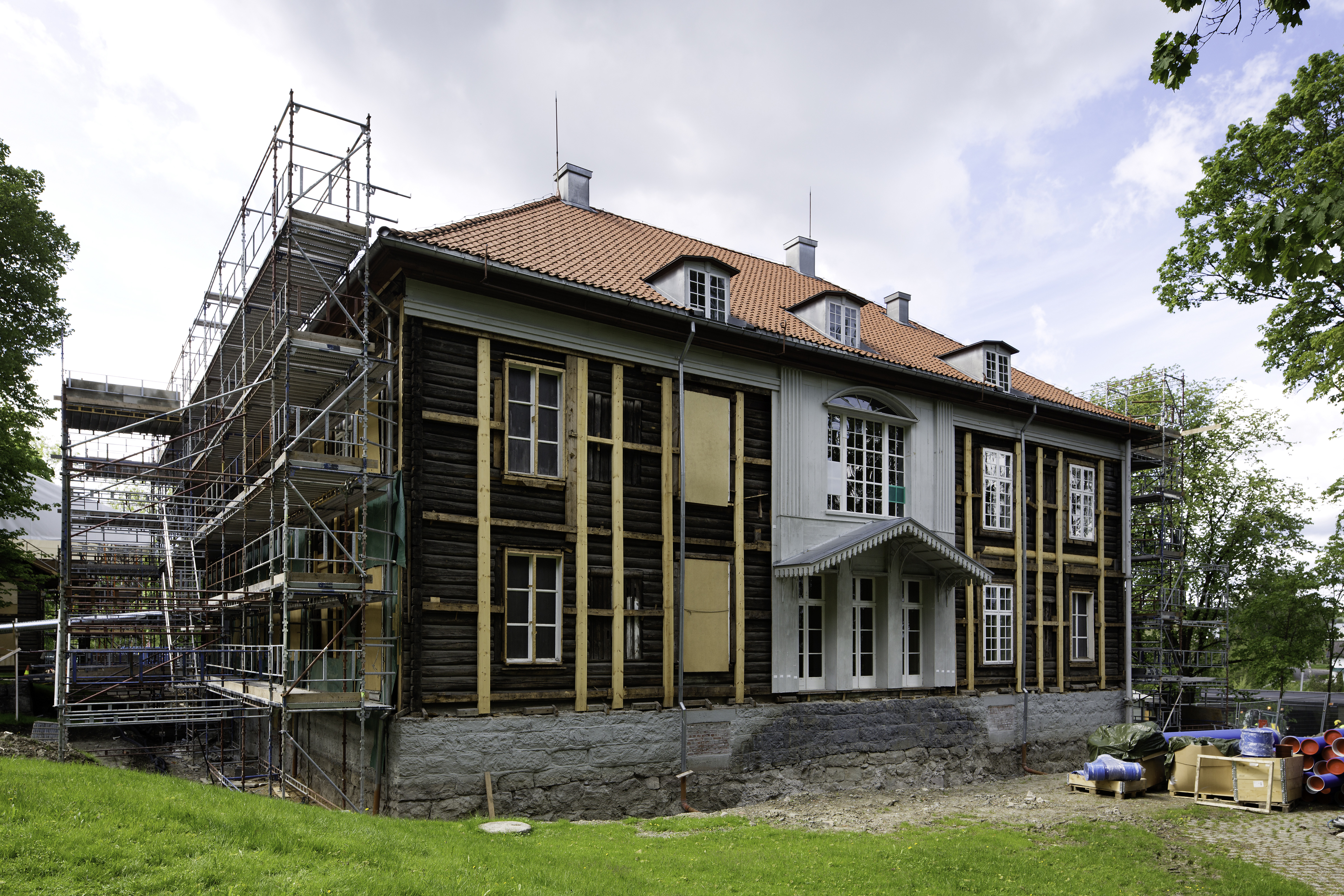
1814
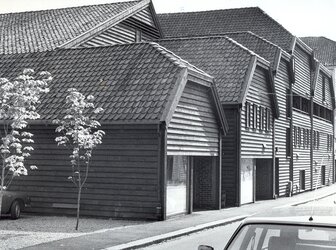
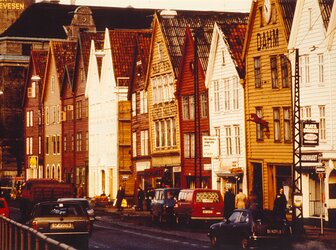
Middle Ages
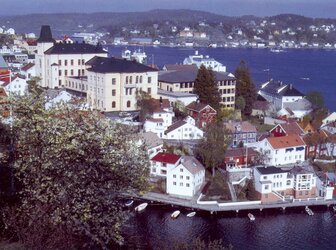
17th century
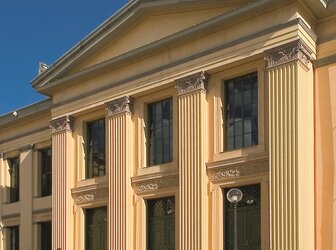
19th century
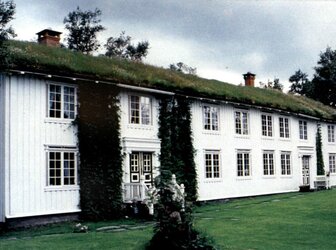
16th-20th century
